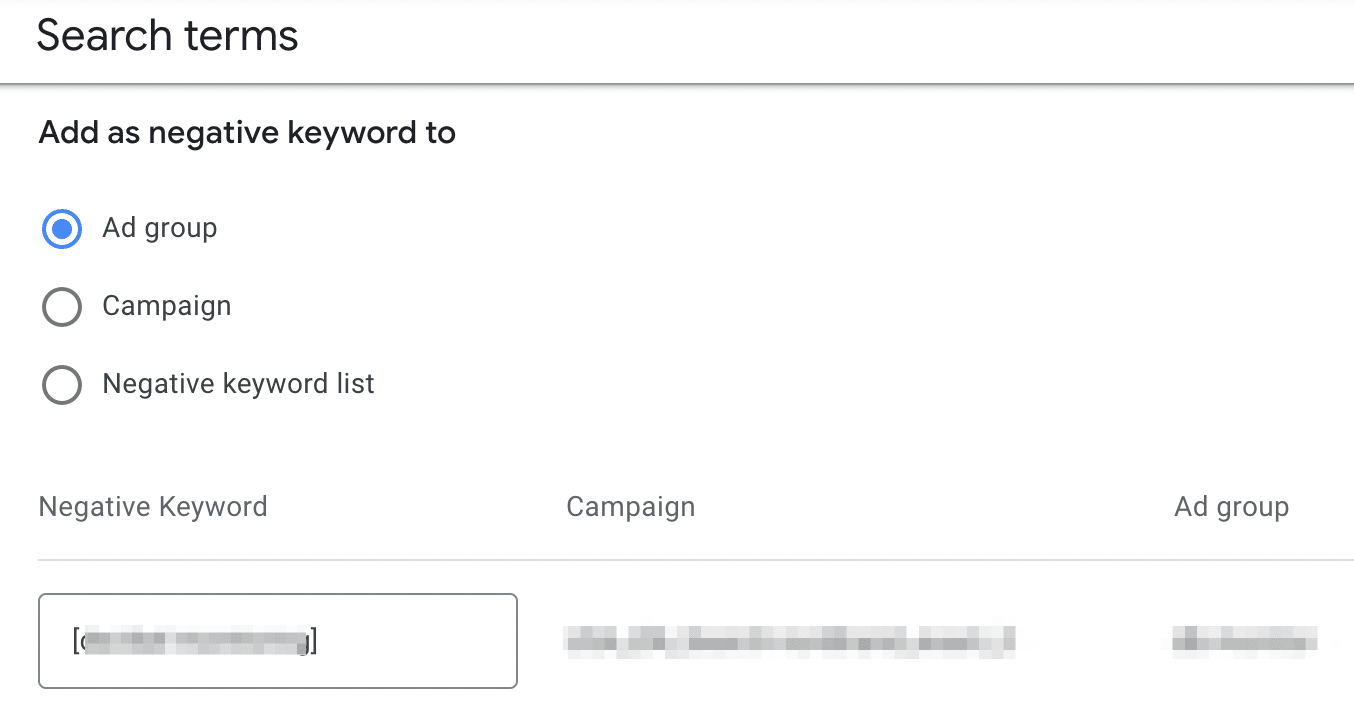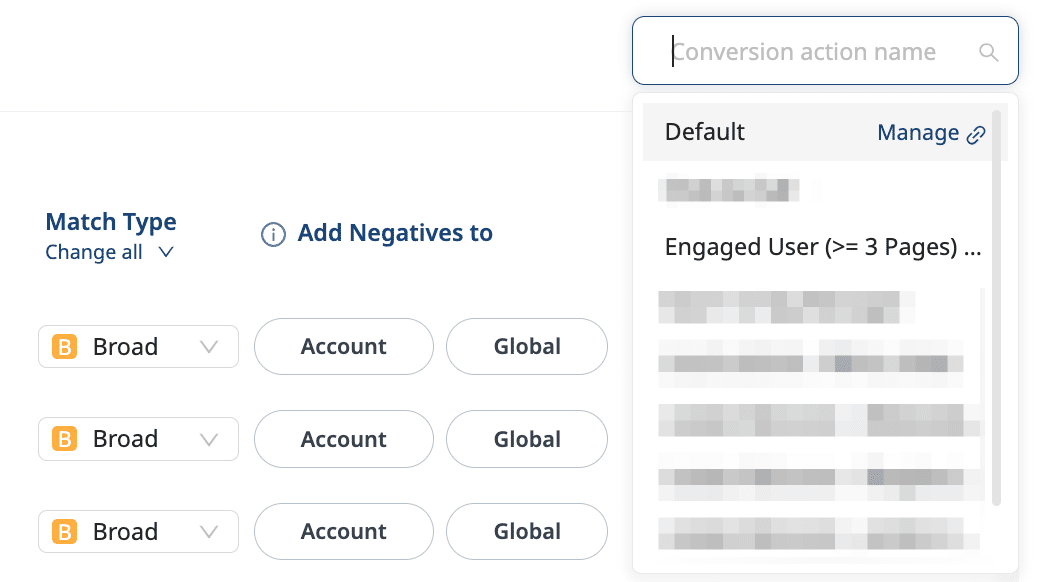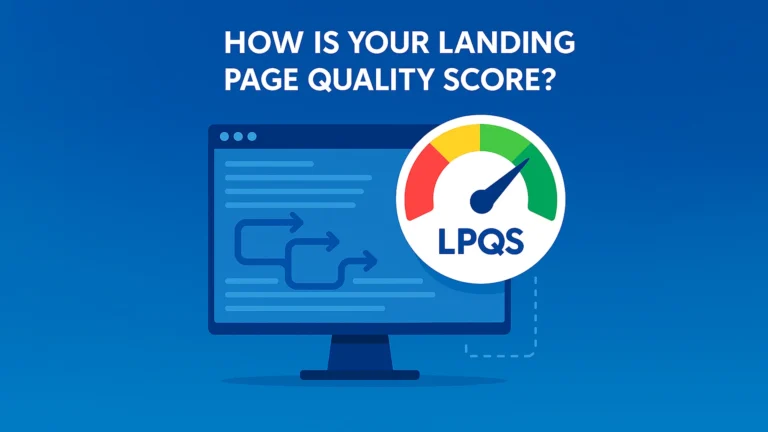Google’s recent changes to keyword match types and the increase in close (sometimes not close at all) variants also have implications for how you should handle negative keywords in Google Ads. I describe how you can deal with this to stop wasting money on poor search terms.

What is a good negative keyword?
These days, you need to choose your negative keywords wisely: Shared sets are limited to 5000 negative keywords and 20 per account, so you can manage 100,000 negative keywords in shared sets. This may sound like a lot, but it’s not when you consider that every day new queries in your account that were never appeared before. How can you deal with that?
Let’s look at the default way Google wants you to add a negative keyword. Remember, Google loses money if you have a proper negative keyword list — by doing the opposite of Google’s suggestions, you’ll be close to the best methods for optimizing your account’s performance.

- The scope of negative keywords: Google wants you to use the most restrictive scope—the ad group level. If you add a negative keyword, the same query will likely just be matched elsewhere. Close variants make this very easy for Google. Use the widest scope (shared sets associated with all your campaigns) for globally bad performing queries!
- Don’t use exact match keywords as negatives: If you want to block bad traffic, using exact match keywords doesn’t make sense. You’re still paying for all similar variations of that search query, and by doing this, you’ll soon reach the limits of your shared sets. Instead: Use a broad match. Don’t be afraid—broad works differently for negative keywords—similar to the old modified broad match for common keywords.
- Don’t use full search queries as negative keywords: Use n-grams instead! If you can reduce multiple search terms to a single word (1-gram) that signals bad performance, this is the most powerful negative you can add. By doing this, you’ll also block many future search terms that share this bad search pattern.
Negative keywords beyond performance based n-grams
I’ve described the most extreme way to do the opposite of what Google recommends you do when it comes to adding negative keywords: n-grams in broad match. But you shouldn’t stop at this point. Consider each bad n-gram as an entry point for more similar negative keywords. You’re already paying for them, but they haven’t shown up with high click-throughs yet. However, how can you enrich an existing set of negative keywords? Here are 3 ways to do it. They all share the idea of using the same technologies that Google uses to match similar variants:
- String similarity: Your search terms are full of misspellings and typos. A straightforward approach is to search for these cases for a negative keyword that you’ve identified as performing badly. You’re blocking the brand “channel” because you aren’t selling that brand on your website. There is also a lot of spend on terms like “channel” or “channel” and you should exclude them.
- Semantic similarity: Let’s say you sell software that only runs on Windows and Mac. “Linux” would be a bad n-gram for your business. But so would “Debian” and “Ubuntu”. At this point, you can use semantic models to extract similar terms to those described in the example.
- Compound words: Once you’ve identified a bad performing word, you should consider all compound words that share this pattern as negative keywords. Google won’t block these variants, even if you use your negative keywords in a broad match. “Linux software” is not blocked by “Linux”, and you need to add additional negative keywords for this case.
How are we solving these challenges in PhraseOn?
All mentioned approaches to enriching your negative keyword lists don’t scale well if you do them manually. For this reason, we have integrated all approaches into our negative keyword tool PhraseOn:
- Advanced n-grams for search term performance reports: We use all available conversion actions in your Google Ads account. If you use micro-conversions instead of real transactions, it is possible to detect noise at its earliest stage.
- Machine Learning Models and Natural Language Processing approaches detect semantic similar and close variants to enrich existing negative keywords.
- Automation of negative keyword publishes: Simply add negative keywords for multiple accounts. Publish n-gram negative keywords based on performance rules in scheduled jobs.
- All conversion actions in Google Ads are included in our n-gram analysis. Easily check your Cost-Per-Order or Conversion Rates for engagement conversions and make good decisions with fewer observations.

PhraseOn uses the same technologies that Google uses to match search terms with your existing keywords as a close variant to create negative keywords that rolling back poor traffic from the close variant.
Combine all of these approaches with micro-conversions in your funnel, and you have a powerful system for reducing wasted spend on poor searches in the earliest stages. For example, add conversions like “Engaged User (> =3 Pages)” as shown in the screenshot below. If you observe 20 clicks without engagement for a search pattern, it’s probably useless and can be set as a negative keyword.

If you want to see PhraseOn in action with your own account data, you can apply for the free beta here.





